Hifime High-Speed USB Isolator v2
USD59.99
Removes ground loops and noises while protecting against static electricity. Supports most USB devices including multi track and high resolution sound cards.
USB-C version available here: https://hifimediy.com/hifime-high-speed-usb-isolator-v2-USB-C
In stock and ships from:
USA
UK
EU (Germany)
China
158 in stock
USB-C version available here: https://hifimediy.com/hifime-high-speed-usb-isolator-v2-USB-C
This new version has been completely redesigned, and is available at a much lower price than the original version, while maintaining the same specifications.
The High-Speed isolator provides galvanic isolation between the USB host and device and protects the device from power shocks and avoid ground loops that can be very troublesome in audio. It supports USB transfer modes Low (1.5Mbps), Full (12Mbps) and Hi-speed (480Mbps). Hi-Speed 480Mbps are required by DACs that support higher than 96kHz/24bit sample rates, and also multi channel DACs.
The new isolator also provides more power, 400mA to the connected device, vs 200mA from the other USB isolator. This isolator does not support USB SuperSpeed 5Gbps, however this mode is rarely if ever used by audio devices. A handful of audio devices requires Thunderbolt, which is not supported by this isolator.
A few soundcards like Apollo Twin USB require USB Super speed mode which is also not supported.
Specifications
- Supports 1.1, 2.0, 3.0, 3.1 USB ports
- Supports Low (1.5Mbps), Full (12Mbps) and Hi-speed (480Mbps) mode by automatic detection
- Supports audio and other devices including high resolution 384kHz and DSD DACs, USB midi devices, USB mixers, USB microphones
- Provides 400mA to the connected USB device (or 500mA if your computer’s USB port can supply <600mA to the isolator). 400mA is sufficient for most devices.
- Works with Thunderbolt ports on the computer, but NOT with (audio) devices that requires Thunderbolt connection
- No driver required, no settings to configure
- Self powered, no external power needed
- Signal isolation: 5000V
- Voltage isolation: 3000V
- Size: 55x35mm + cable 10cm
FAQ
What is the difference from the cheaper USB isolators?
There are two main differences:
- The High-Speed isolator supports USB Hi-Speed 480Mbps mode, required by many audio devices.
- It can provide double the power to your device, 400mA vs 200mA.
What’s the difference from the previous, more expensive hi-speed isolator.
The previous version used another isolation chip that was much more expensive. The isolation specifications are the same so there is no downsides to the new cheaper version.
Do I need the High-Speed isolator, or can I use the other cheaper one?
If you have a two channel DAC that supports not more than 96kHz/24bit then the cheaper Full-Speed isolator is likely to work if the DAC doesn’t require too much power. If it has mic preamp, phantom power or is a bigger type sound card then it might to require more than 200mA power and the High-Speed isolator with its higher power capability is required. See our isolator comparison guide
Will the High-Speed isolator work with my audio or other USB device?
It probably will.
Does it require a driver or special setting?
No. Similar to a USB hub, the isolator is “transparent” to the computer and doesn’t require any driver or configuration in settings.
Does it support USB 3.0 and 3.1?
Yes it works with USB 3.X ports. It will max out at 480Mbps, meaning if you connect a USB3.0 hard drive you will not get transfers at 5Gbps speeds. Audio devices doesn’t need more than 480Mbps, so it will be sufficient. Most devices that require USB galvanic isolation doesn’t require 5gbps.
Does it support asynchronous USB?
Yes it supports all USB types, the isolator doesn’t care, it just passed on the data to your computer.
Will it improve the sound quality from my DAC?
It depends. If you are experiencing noise problems, then it will probably remove or reduce those if they are caused by a ground loop. The noise could also be caused by other factors, like the microphone or preamp itself (some gear are noisy!), the isolator will not help with that. It can also clear up the sound from ground issues that is not so apparent, creating a clearer background in the audio. If your computer has a good quality USB DC supply then the isolator might not further improve the sound quality. You’re welcome to give it a try and send it back for a full refund if it doesn’t help with your unique situation. You can also contact us if in doubt.
Will it fix the noise I’m getting from my sound card/microphone/midi keyboard/other device?
It will fix noises that are caused by ground loops, often presented as whining, buzz or loud shh noises. As long as the problem is not caused by the microphones/preamps itself (some microphones are noisy!) then it’s very likely to fix the problem. You’re welcome to give it a try and send it back for a full refund if it doesn’t help with your unique situation.
Troubleshooting
If the connected device does not power up after sleep, or after reboot, or after standby (Windows)
Check and disable the USB port’s power saving.
1. Windows device manager > Universal serial bus controller > (the USB controller for the port you use) > right click and chose “properties” > “power management” tab > uncheck “authorize computer to turn of this device to save power
2. Also check and disable: Control panel > System > Power Options > Change plan settings > Change advanced power settings > USB settings > USB selective suspend settings
If the connected device doesn’t power up
Try both to connect the device to the isolator before connecting it to the computer, and the other way
| Weight | 0.040000000 kg |
|---|---|
| USB cable plug | USB-A, USB-C |
15 reviews for Hifime High-Speed USB Isolator v2
Add a review Cancel reply
Related products
USB Isolators
USB Isolators
USB Isolators
USB Isolators
USB Isolators
USB Isolators


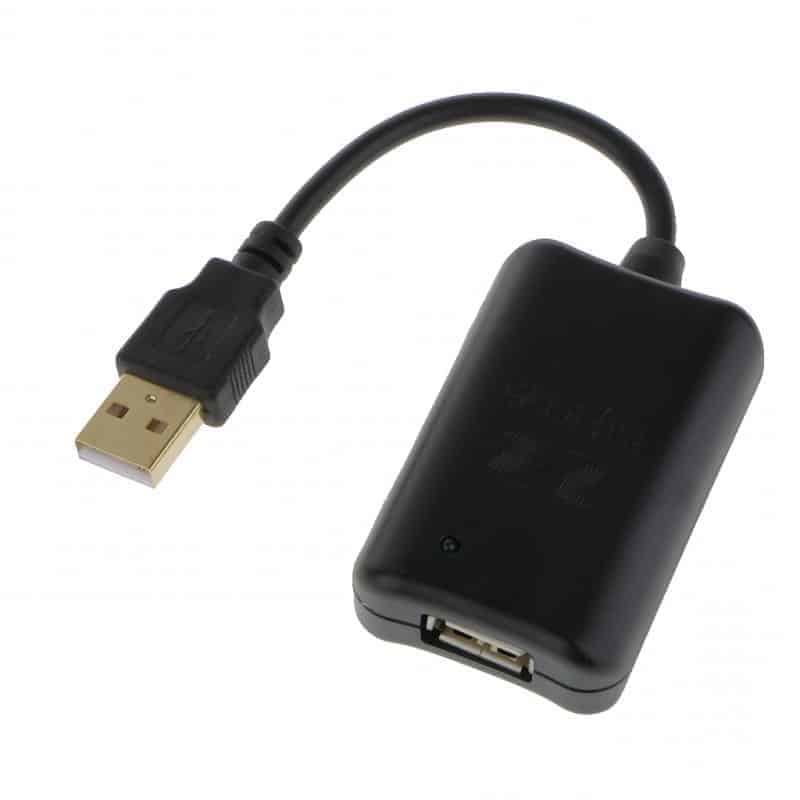
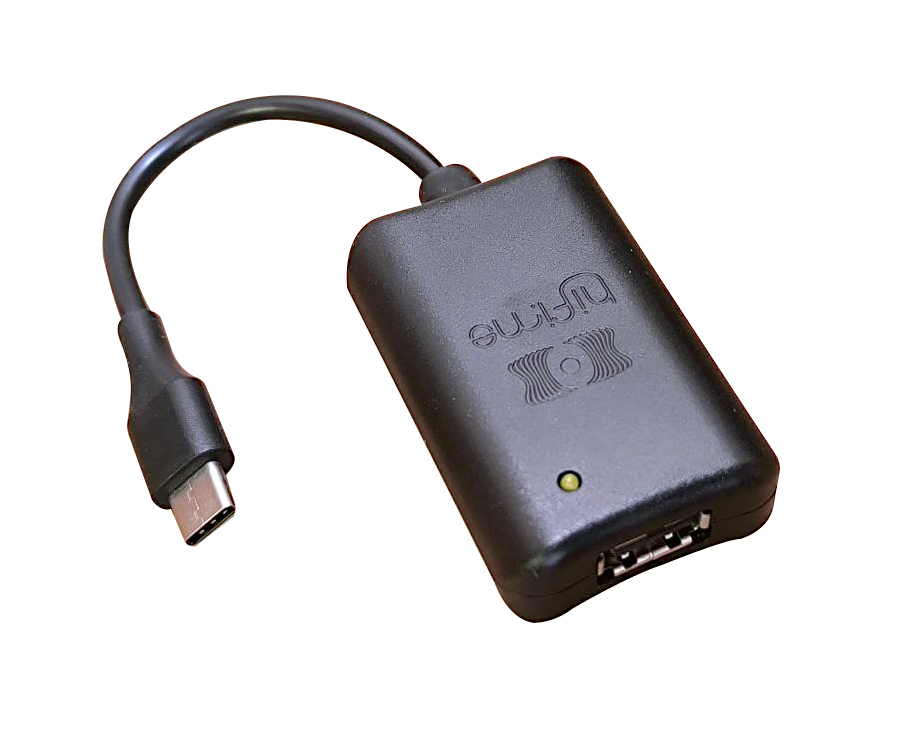
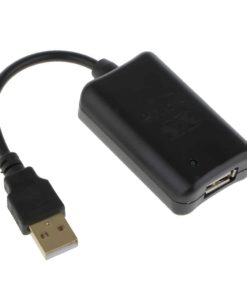
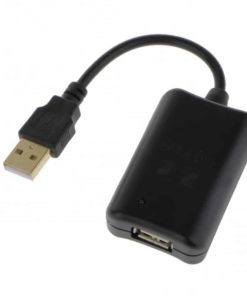
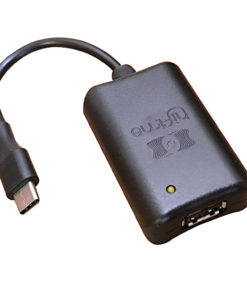


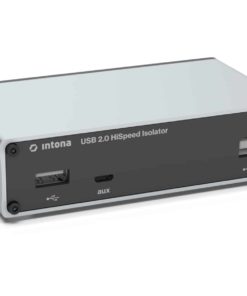
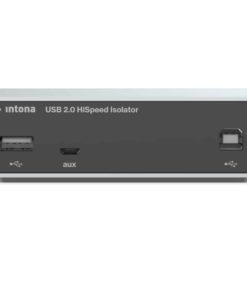
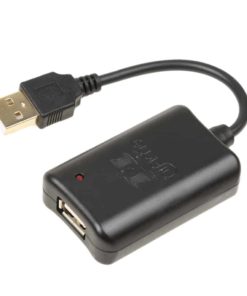

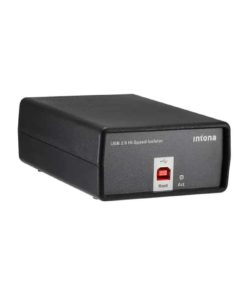
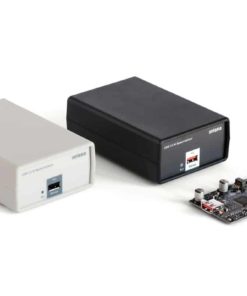


Benjamin –
Thank you so much for this great product. I was absolutely lost and tried so many things to fix this annoying noises, coming from the USB port. Finally, this USB-Isolator made me sleep well again 🙂 Plug and play!!!! 🔥
Ivan Bogush –
It worked! After struggling for years with annoying GPU/VRM noises when recording with the tape output of my amplifier, I can finally enjoy the music! I’ve tested it with my Roland Cakewalk UA-55EX interface on Linux with a USB3 motherboard port and it’s working great.
Is it worth £55? Hard to tell, the £10 ADUM dongle from eBay definitely wasn’t, it kept pulsing the interface on and off, causing loud pops.
Erling Ernestus –
Had problems with usb power noise from my RME Babyface Pro. This worked perfectly to get rid of the noise! Though it cant provide enough power via USB so I have to use a DC power supply
Niels Kok –
I had a problem with white noise coming from my computer but only when I was in game. When I using my macbook. I had no issues. When I plugged the media adapter in the issue was gone!
Furio –
Excellent in any studio for production and mastering, 2-3 will be needed. Combined with JLSounds the dirty digital transport power supply and DSP(XMOS/UAC2) works better… when you have separated and shielded SSD, you will never be able to listen to PCM again but only DSD… it is audible that there is too much noise recorded there in the Multibit Studio Masters. Maybe SSD, M.2 and so on… should be banned for DAWs and Audio Players .
Ref: “The Analysis of EMI Noise Coupling Mechanism for GPS Reception Performance Degradation from SSD/USB Module”
EMC’14/Tokyo 14A2-B4 (PDF)
Alberto –
It definitely solved an anooying problem of digital noise, occurring when connecting an external arranger keyboard to my usb audio interface.
Because of digital disturbance running through GND, high frequency noise was audible even by turning the volume of my keyboard to zero. The problem occurred even just by connecting the grund of the jack plug to the ground of USB connector. By using Hifime High-Speed USB Isolator v2, to connect the audio inteface to the PC, problem completely disappeared, I’m very happy for purchasing!
Andy –
Absolutely fantastic. Completely solved the groundloop problem I was having from computer to dac. The buzz was clearly heard at the listening position and I tried everything. Tape over the ground and power pins of the USB cable just gave me static and pops over the music which was worrying. This however completely solved the problem. Easily passes through 24 bit 192khz material. Really good stuff!
Robin Whittle –
This isolator is plugged into a Linux machine with its isolated socket driving a Lindy “50m 4 Port USB 2.0 Cat.5 Extender STP”. A 30 metre Cat 5 cable connects to the separately powered Lindy 4 port transceiver.
Now my studio has full 480 Mbps USB with complete electrical isolation from the electrically and acoustically noisy servers in a distant room.
Thanks very much for this excellent device at such an attractive price!
Rob –
Used this after determining the noise I was hearing on the inputs to my RME UCX interface coming from my PC via the USB connection. This device works like a treat, the noise is gone and I’ve had zero compatibility issues with it, you don’t even know it’s there. For $49, I couldn’t be happier. I was afraid I’d need a similar but much more expensive device.
DarrenM –
Perfect, this fixed an audio noise issue while charging I had with an iphone 8 and Topping DX3 Pro+ DAC – the full speed version I had would not pass audio through correctly but this high speed isolator worked great.
AW –
Compared this against a (much more expensive) USB reclocker and decided to keep this one. Extremely noticeable improvement in bass and a much darker background. I’d wager that most USB ports would benefit from this. I’m currently stacking it inline behind a Core Power USBe Perfect, which is a great combo. (I also tried the Hifime Full Speed Isolator and the High Speed model is a much better device.) For $49? Just buy it.
Richard CIUCHNO –
Inserted between Audio Pc w8 /Jriver and SMSL Dac SU-9
Perfect job !!!
Andrew –
Just bought this for my Audiobox USB 96 and this is the first device that works! I had a few issues with the high-speed version and HiFi helped me warranty the older devices. The product works and even better was the customer service. Thanks!
Matthew Brown –
Tried it with an Analog Discovery 2 (which needs a lot of power) and it is running stable so far.
Lloyd Moffitt –
Just received this device.
Inserted the “Hifime High-Speed USB Isolator v2” between a Roland TD-27 Drum Sound Module, sending 28 channels of audio over USB, into an OWC Thunderbolt Dock, into a MacBook Pro, with Logic Pro.
No more hideous USB noise / ground loop! Victory!
At 48k, with the Isolator inserted, there was a delay of 26 Samples (the USB audio), as compared to the Direct Master Out analog audio from the TD-27. That’s about 0.5ms.
This could be normal USB Audio delay.
100% useable. 100% satisfied.
Get this device!